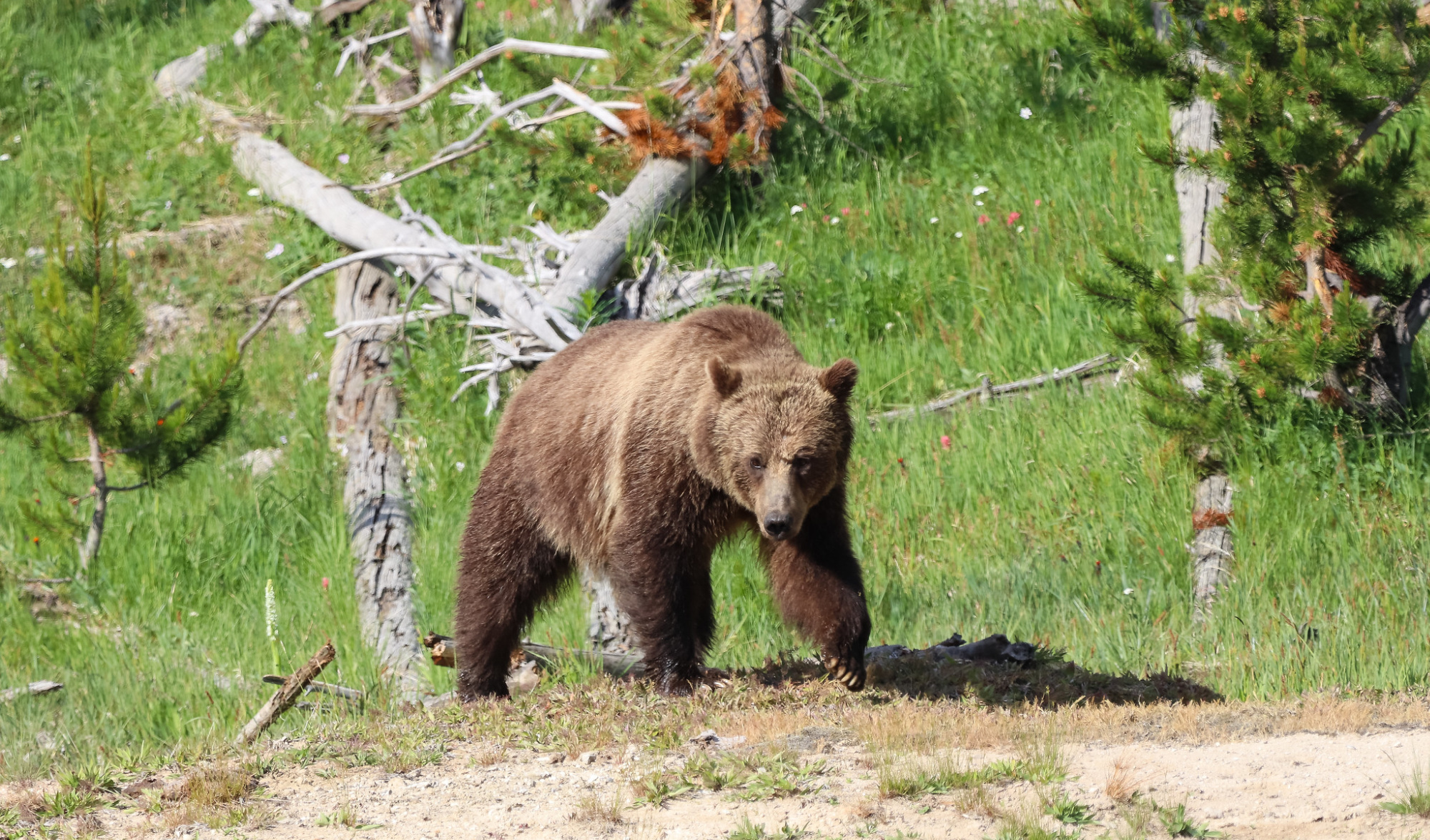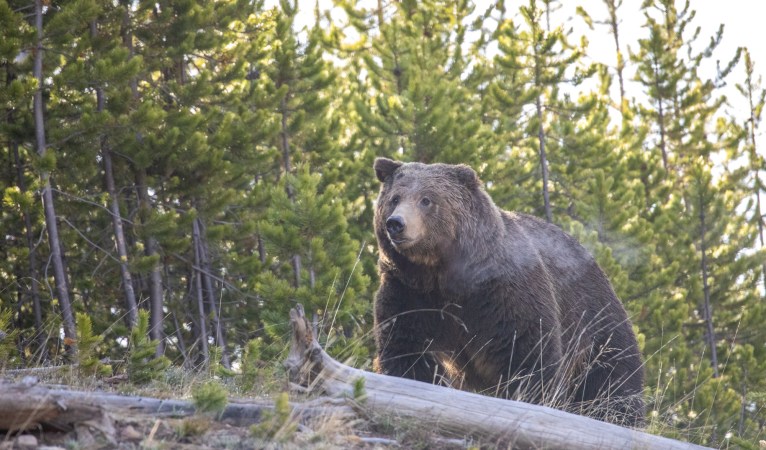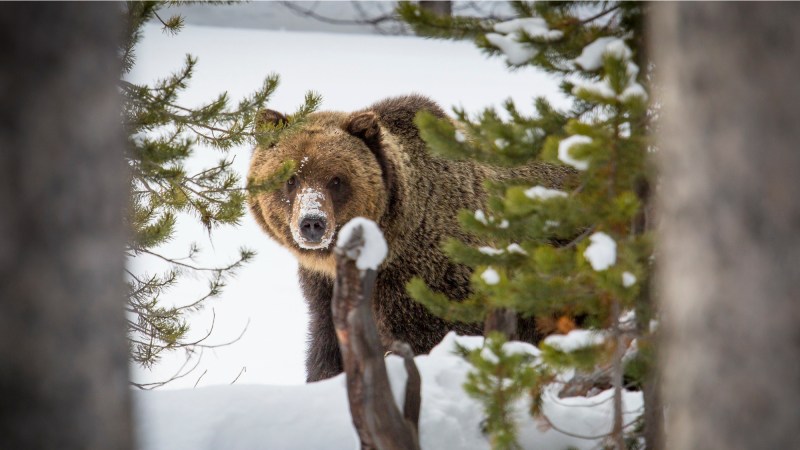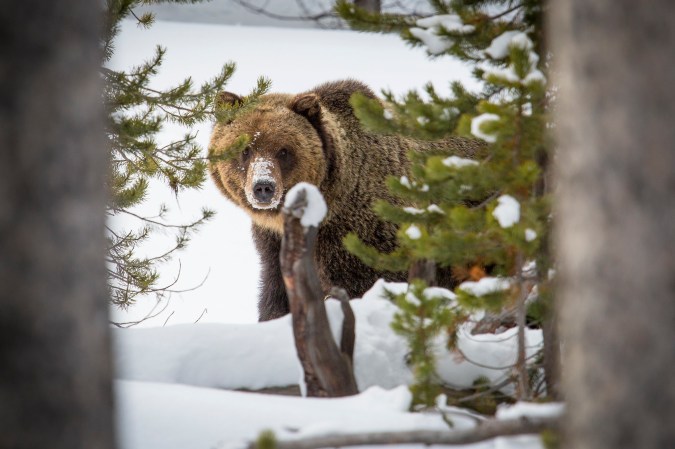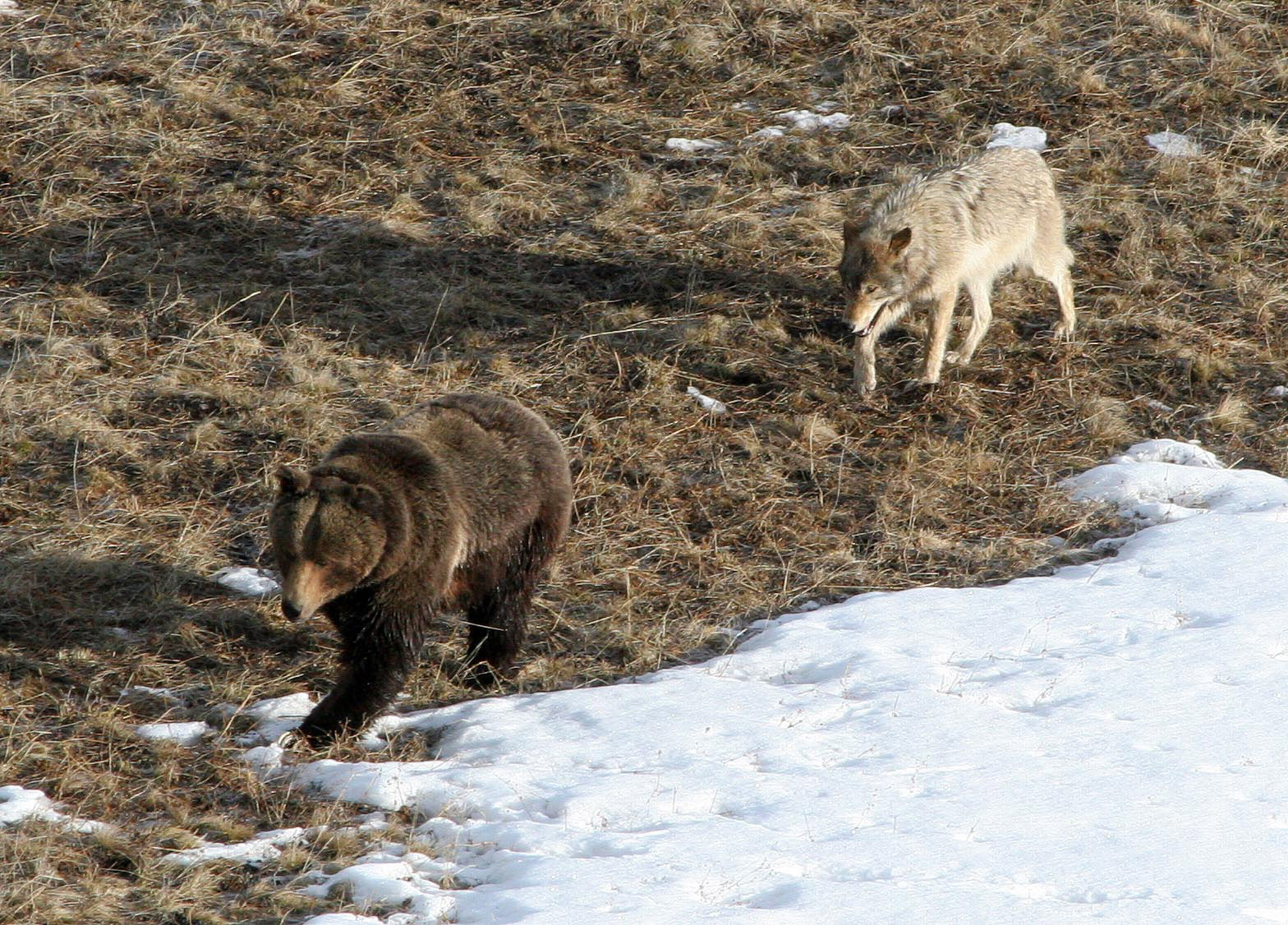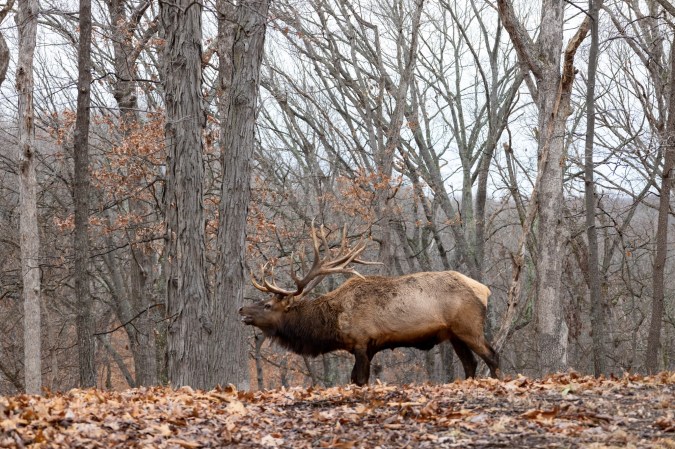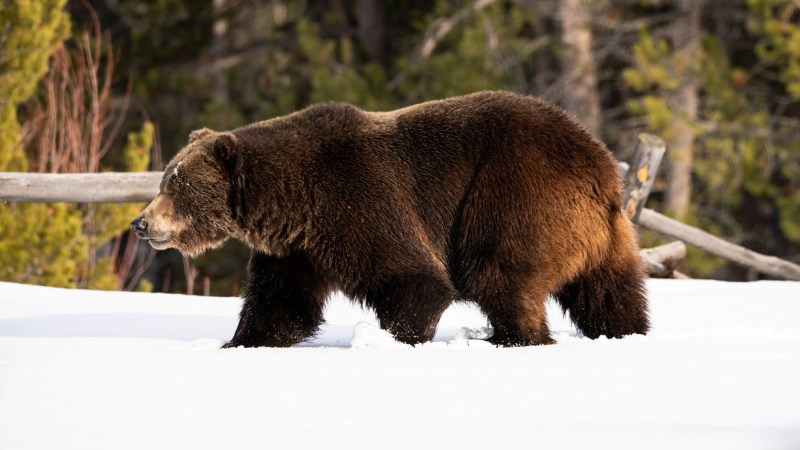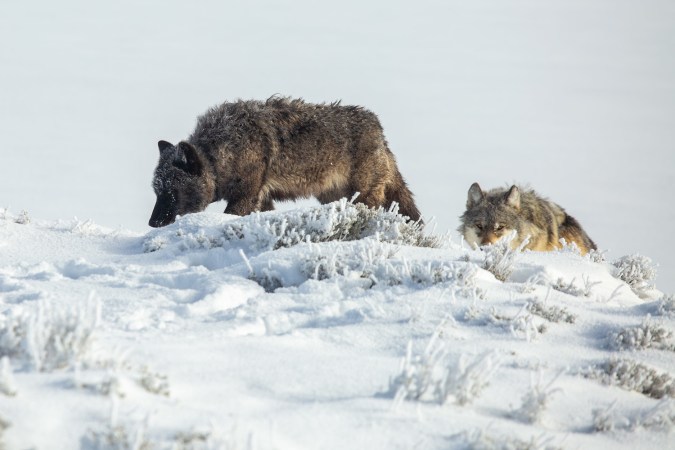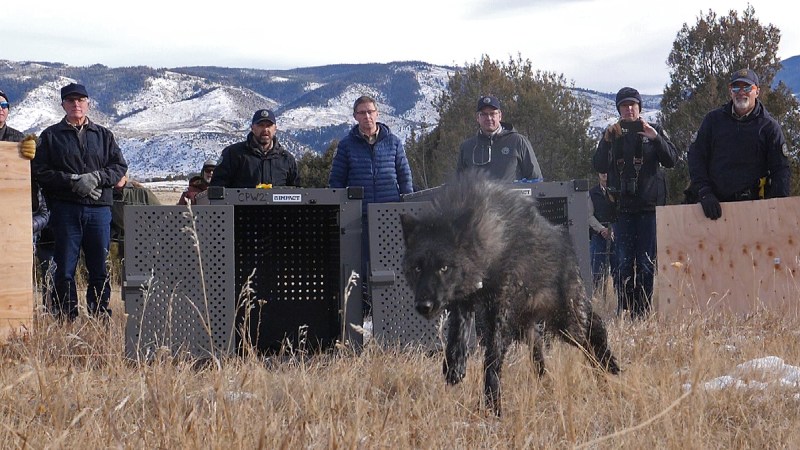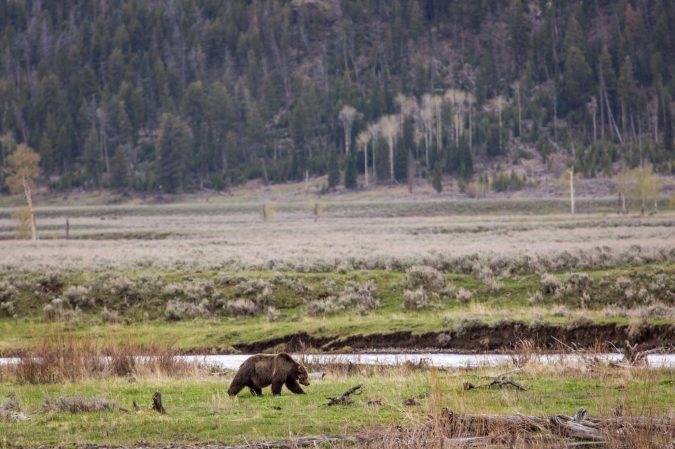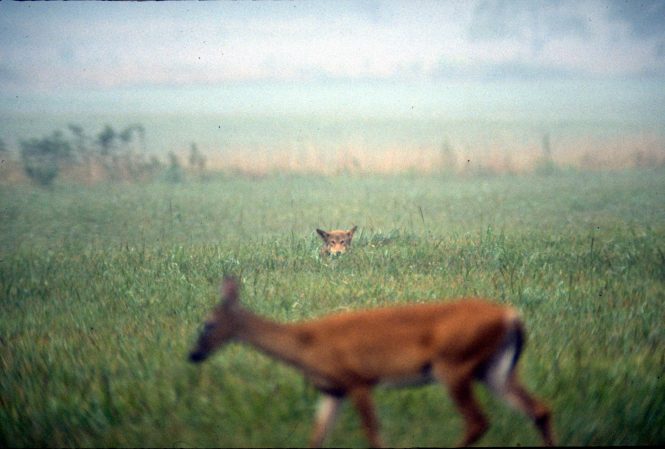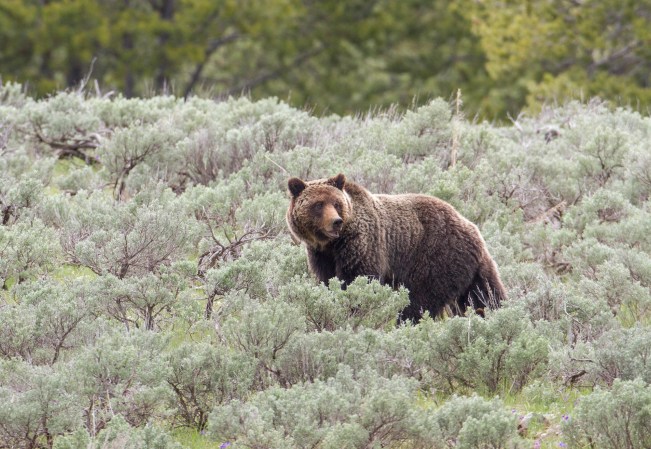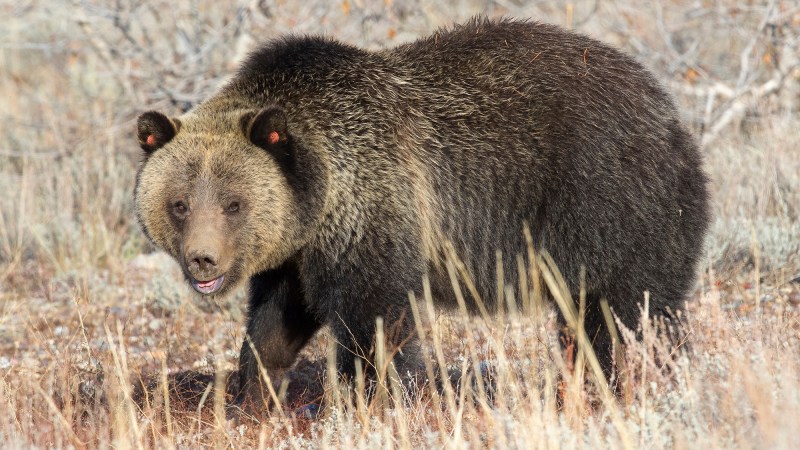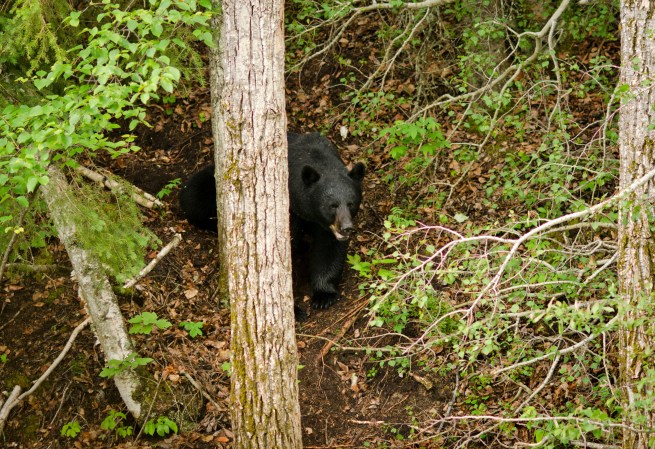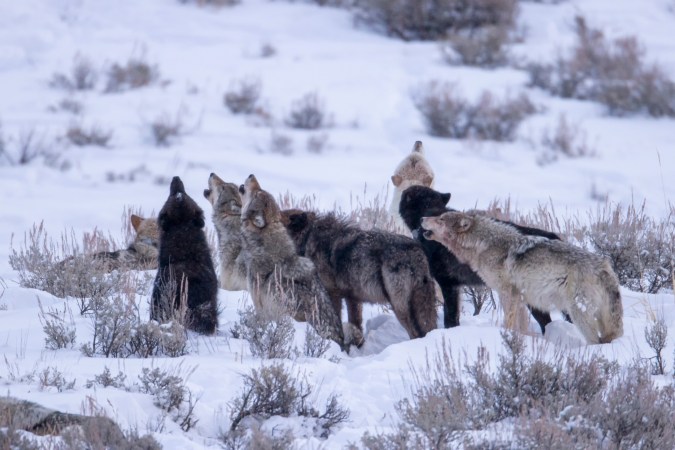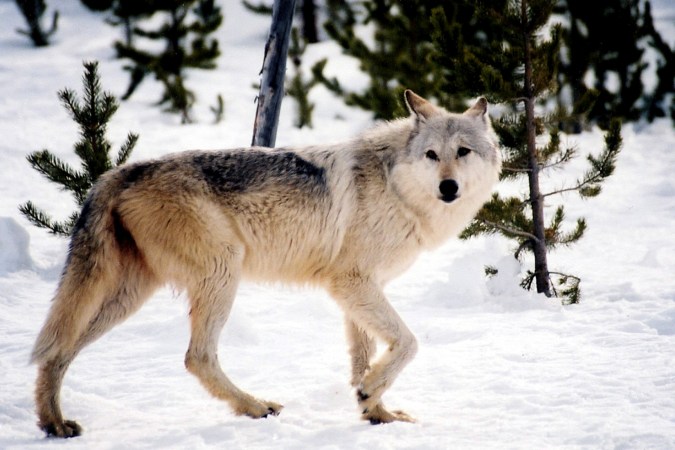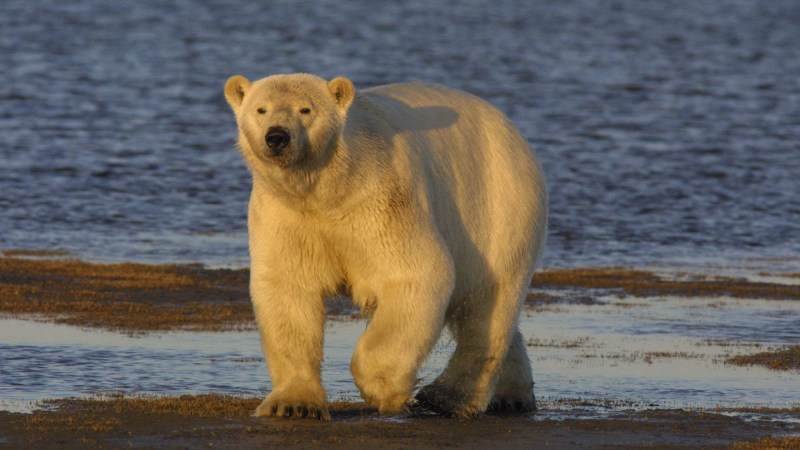The National Park Service and U.S. Fish and Wildlife Service released a joint record of decision on Thursday finalizing a grizzly bear reintroduction in the North Cascades of Washington. This move doesn’t come as much of a surprise after a final environmental impact statement advocated for reintroducing grizzlies as a nonessential experimental population under the 10(j) rule of the Endangered Species Act in March.
The bears will be transplanted from the Rocky Mountains and British Columbia, the agencies clarify in the record of decision. The details of the reintroduction mirror the plan outlined in the final EIS. Officials will release three to seven grizzly bears a year for five to 10 years, with the goal of establishing an initial population of 25 bears. That means as few as 15 bears and up to 70 could be released depending on how many reintroduced bears die or emigrate from the area. Andrew LaValle, public affairs specialist for the USFWS Washington Ecological Services branch, objects to the possibility that as many as 70 bears could be released and reinforces that the initial population goal is only 25 bears — not 70.
“The three to seven bears-per-year figure is is to allow for flexibility between years,” LaValle writes in an email to Outdoor Life. “If there are fewer bears one year, there could be up to seven the next … Bear mortalities do happen. As agencies seek to establish that initial population of 25, if there is a grizzly bear mortality, that bear could be replaced.”
The ROD also describes a contingency plan for bear mortality that estimates some 36 bears could be released to establish the population of 25. (This further establishes the division between the grizzly population at a given time and the number of bears released to achieve that population goal.)
“Based on the projected range of mortality and emigration rates for bears released into the NCE, the analysis assumes that an additional 11 bears would need to be released in the NCE (for a total of 36 bears in the primary phase),” the ROD says. “Each of these alternatives is anticipated to result in a population of 200 bears within approximately 60 to 100 years.”
There is currently no timeline for when these translocations will begin, according to the NPS. The U.S. portion of the North Cascades recovery zone is some 9,800 square miles in size, which the NPS points out is larger than the state of New Jersey.
The 10(j) designation is a popular tool in predator reintroductions across the West. As these reintroductions put more pressure on nearby livestock growers and rural residents to protect themselves and their livelihoods, the 10(j) rule adds flexibility to how these predators are managed. Rather than giving the reintroduced grizzly bears all the protections of an endangered species, and, in turn, making any harassment or use of lethal force against the bears illegal, both lethal and nonlethal methods of deterrence are on the table for ranchers in times of emergency under the 10. This is also the case with Colorado’s reintroduced wolves, for example.
“The final 10(j) rule is based on extensive community engagement and conversations about how the return of a grizzly bear population in the North Cascades will be actively managed to address concerns about human safety, property and livestock, and grizzly bear recovery,” USFWS state supervisor Brad Thompson says in an NPS press release. “It provides an expanded set of management tools in recognition that grizzly bear recovery in the North Cascades is dependent on community tolerance of grizzly bears.”
Read Next: Wyoming Officials Euthanize First Grizzly Bear to Wander into Bighorn Mountains in a Century
Grizzly bears once occupied the North Cascades for millennia before getting wiped out of the area in the late 1990s. The last confirmed grizzly sighting was in 1996, according to the NPS. About 85 percent of the region is federal land, including North Cascades National Park, which is over 504,000 acres in size. The North Cascades region is one of six formal grizzly bear recovery zones. Two other zones, the Northern Continental Divide and the Greater Yellowstone ecosystems, are home to robust grizzly bear populations that are expanding beyond their zone boundaries. Agencies are also currently considering a reintroduction in the Bitterroot ecosystem of Montana and Idaho. The other two recovery zones, the Selkirk and Cabinet-Yaak ecosystems, are both home to roughly 40 to 50 bears.
A clarification was made on April 30, 2024: A previous version of this article was vague in addressing the difference between the total number of bears released and the initial bear population goal. It has been updated to clarify that, while the initial North Cascades grizzly population goal is 25 bears, more than 25 bears might be released over the next decade to achieve that goal.

